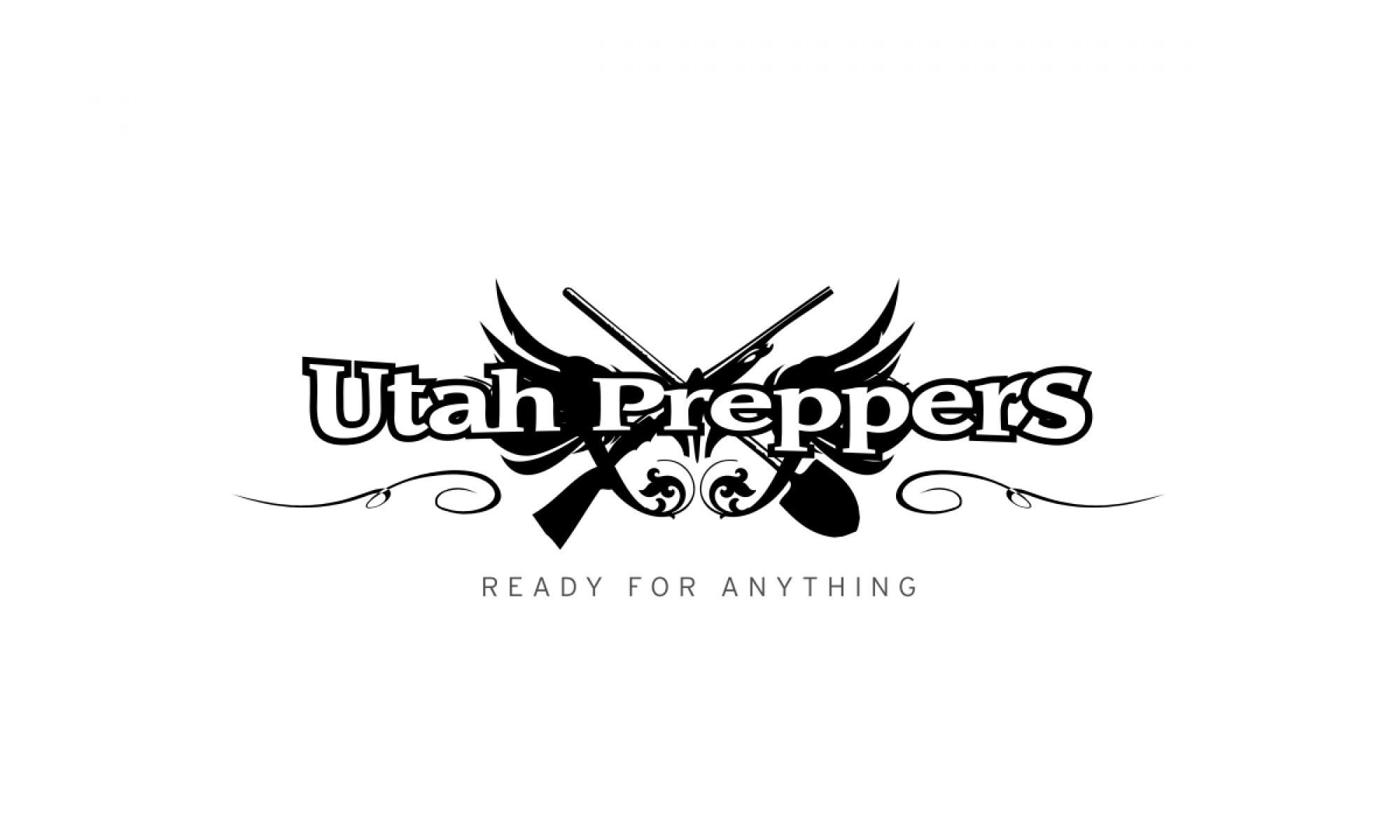
Jud Burkett, The Spectrum
I believe that there are two types of food storage: short-life and long-life. The difference is shelf-life. Note that it’s not short-term; the factor is how long the food can be stored, not the length of emergency it’s for. I believe that you should complete your short-life storage first because these are things that you are used to eating, used to cooking, are more interesting, and are generally more nutritious. Where the ratio between short-life and long-life falls depends on the length of time you plan to store against, the types of food you eat, and the methods you use for preservation.
The first step to improving (or starting) your food storage is to dispel the misconception that food storage is an emergency tool to be stowed away safely until the unforeseen day it is needed. A “2 person gourmet package” tucked away in the crawl space is better than nothing, but listening to your children cry because you can’t figure out how to rehydrate ingredients to make a meal or suffering from appetite fatigue isn’t what I called being prepared. Why store powdered eggs before real eggs? Potato flakes before real potatoes? MREs before peanut butter and jelly? Pinto beans before pasta sauce? You can’t just pour milk on a bowl full of wheat.
Interestingly, I’m not alone. The Church of Jesus Christ of Latter-day Saints—famous for advocating food storage—has even changed their recommendations recently to reflect this approach. With a goal of self-reliance, the official guideline is now to first “gradually build a small supply of food that is part of your normal, daily diet.” Then, after that is complete (and as circumstances allow), you expand your supply with “long-term basic foods such as grains, legumes, and other staples.”
So, store what you eat. Start by buying two of each item on your shopping list next time you visit the grocery store. These second items aren’t going into the dark food storage closet for that unforeseen rainy day though; these are what you are going to eat next. Continue buying additional items until you have completed your short-life supply. How much you can store depends on how much you will consume before it goes bad. The goal is to max out the shelf-life. The items you are eating should be right at the edge of expiration. Once your supply is complete, you shop from your pantry instead of the the store and restock in bulk when it’s convenient and on sale.
How do you know how much you can store? Start by picking a time frame and begin tracking your consumption. A sharpie is one of the greatest preparedness tools of them all. When you bring food home from the store, write the date on the package. When you open something and start consuming it, write the date on it. When you scrape the last bit form the bottom of the carton, pull up a spreadsheet and log today’s date, along with the first two dates. After several rounds of this you will quickly learn your families consumption rates. Divide this from your time goal and you will have a list of how much you should have stored away. Once that is complete (if you have the space and the means), you might as well divide against shelf-life, and store as much as you possibly can. For example, I can store a lot of pasta but only store one can of Miracle Whip.
Shop from your own store. Be in control of your budget. Buy monthly or quarterly. Rotate. I do this for things such as soap, tooth paste, duct tape, light bulbs, and diapers as well. With a life-style such as this, there won’t be emergencies. You could loose your job, be quarantined for months, or the world could go up in smoke around you, but you’ll still be in your kitchen cooking and eating the same delicious meals you were the day before.


Modern-day canned foods will store FAR longer than their expiry dates indicate.
Two times in our history, canned foods have been found that were over 100 years old, and found to be still edible (though not pretty). See the complete information at http://www.internet-grocer.net/how-long.htm
I love the way you have described this post.Very nice.
Thanks.